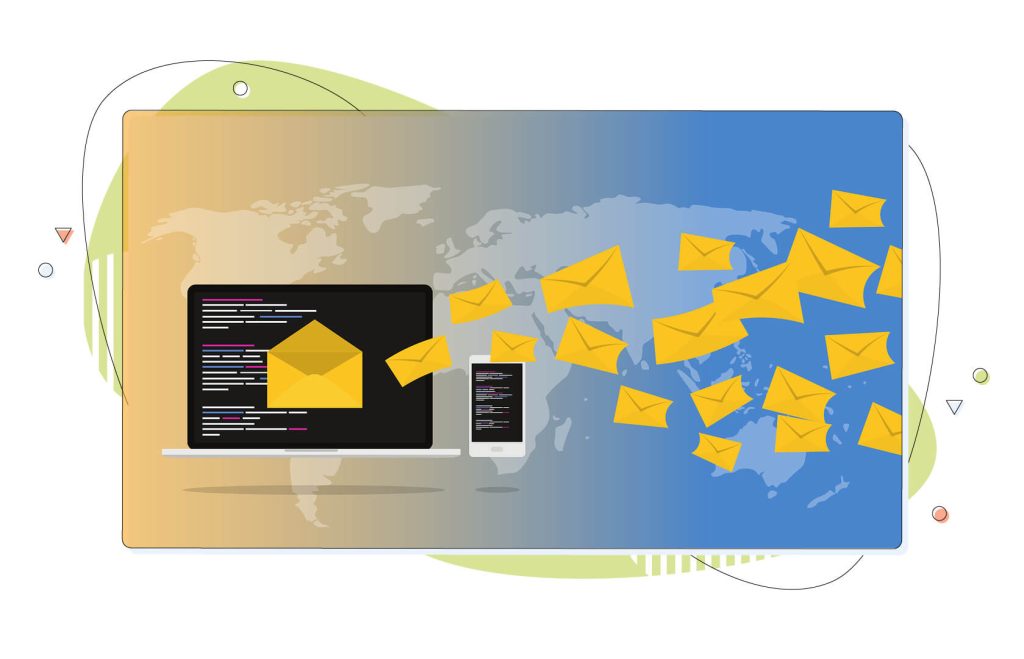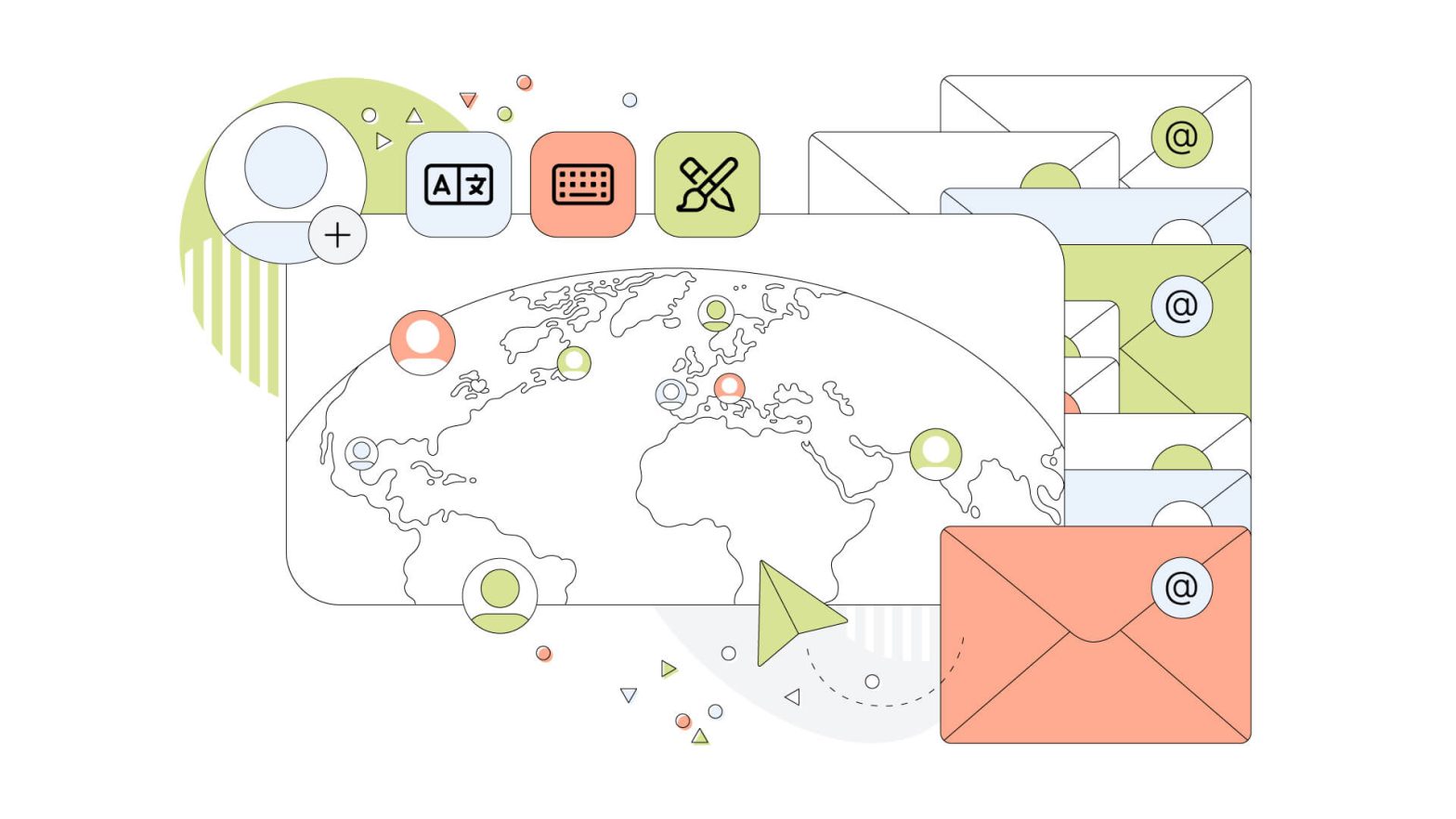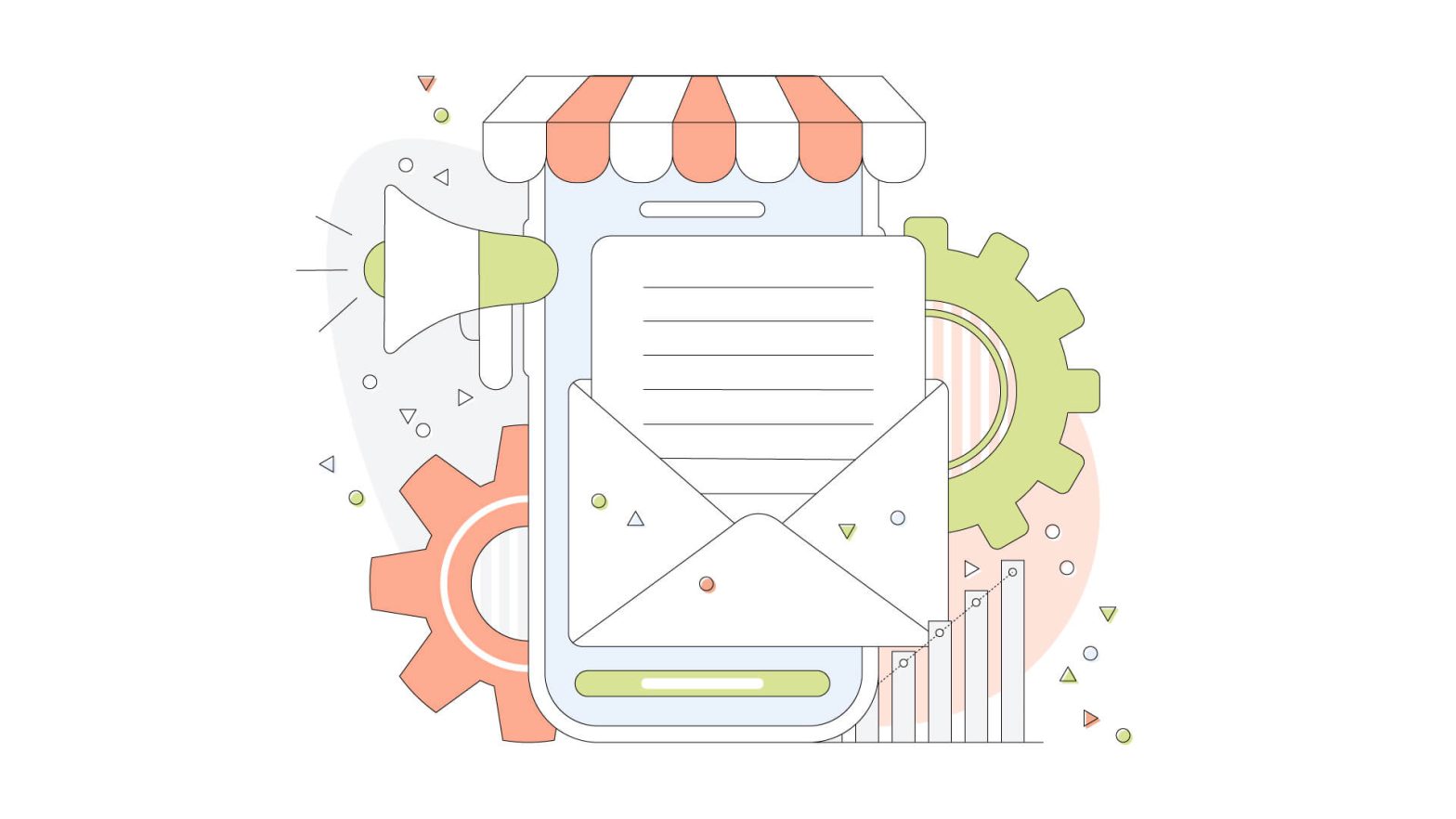Localization is about making your messaging relevant and engaging to audiences in different territories. If you’re aiming to expand your international customer base, localization should play a central role in your email marketing efforts.
This article will explain the benefits of email localization and what it involves. It’s much more than just translating your words from one language to another.
- What Is Email Localization?
- The Benefits of Email Localization
- Harmonize With Your Audience
- How to Implement Email Localization

What Is Email Localization?
So, you’ve got a set of perfectly crafted emails for your domestic market – deploying all the best email marketing campaign tactics. What does it mean to localize them for a different territory?
Quite simply, localization is optimizing the relevance and appropriateness of your messages for different locales. You want your recipients (no matter what language they speak) to understand and engage with your emails. Localization is the crucial step in achieving that.
Translation
Translation is an important starting point. If you are an American company sending marketing emails to French or Spanish-speaking territories, it makes sense to use those languages.
But literally translating your original email wording into another language does not constitute localization. There’s much more to it. Translating each word literally doesn’t mean your email will be fully understood by overseas readers. Your original email may include idioms and figures of speech – easily understood by English readers but baffling in a different language, e.g., “raining cats and dogs” or “break a leg”.
Preparing your marketing copy for a different language requires a deep understanding of that language. What meaning are you trying to communicate? How is that best conveyed in the target language?
Tailor Your Messaging
You may have crafted a perfect marketing email for your domestic market – perhaps with your own team’s talent or with the aid of an AI content creation platform.
For content creation, you’ll find plenty of AI writing tools that can help unclog your mind and extract the Hemingway you hide inside you. AI content creation tools are ramping up fast, but with their limited uniqueness, you may find them a bit repetitive in terms of content structure.
But now you need to assess how international readers will respond to it. What social circumstances, values, or taboos may be at play? How might these shape reactions to your email messaging? You need to be culturally sensitive. What works at home may not work elsewhere.
When adapting your content for international readers, consider applying the same level of attention to detail that you would when you write a blog, or other types of content that resonates with diverse audiences.

Look And Feel
It’s also not only about your marketing copy – the words – alone. You also need to consider the look and feel of your emails.
- Are images suitable for your target audience? Will the people, objects, and background shown resonate with international readers? Alternatives will often work better.
- Is your colour scheme suitable? Colours connote different meanings in different countries. In Japan, for example, purple suggests wealth, while in India, it means sorrow.
- Copy for languages will have different space requirements, and some may have a completely different orientation (e.g., Arabic). You need templates that can accommodate this.
- Font requirements. Your current font set may not support Cyrillic and Greek languages. Consider looking into alternative options for these regions or finding a font that fully supports the language you’re targeting.
Wherever you are sending your emails, think holistically about how they will be received. How might you need to adapt your messaging – your copy, images, and design – to best engage international readers?
There’s lots to do if you’re serious about winning international customers – for example, investing in a small business VoIP and ensuring your website is ready for international business. But if you really want to start a conversation with international customers, optimizing your emails for their local context is a no-brainer.
The Benefits of Email Localization
So why is email localization so important? Consider these points:
- The number of global email users is already well over 4 billion and still rising – worldwide.
- Email remains an incredibly effective marketing channel (e.g., in terms of ROI).
- International customers expect marketing to feel tailored to their circumstances and needs.
Email is one of the most effective ways to reach an ever-expanding international market. But, simultaneously, those potential customers expect more and more from the marketing they receive – namely, it needs to feel highly relevant.
Thus, localization is crucial to give your international marketing efforts the edge. In particular, email localization helps in the following ways:
- International readers can engage with your emails more easily in their native tongue. Even if they speak English as a second language, many will still prefer it that way.
- By crafting the messaging, visuals, and design of your emails for each specific locale, you can increase the likelihood that readers will find them relevant and engaging.
- Localization helps you dodge unhelpful connotations – cultural references that may make perfect sense in your own territory but be confusing, awkward, or alarming in another.
Quite simply, email localization allows you to put your best foot forward when building international customer relationships.
Let’s explore this a little more.

Harmonize with Your Audience
By choosing wording, visuals, and design features appropriate to your international market, you can avoid creating a jarring impression.
For example, when P&G began selling diapers in Japan, their marketing used imagery of a stork delivering a baby. This worked in the US. But in Japan, it backfired. There, tradition has giant peaches floating newborn babies to their parents. Consumers were left confused.
Simple details matter – even when territories share a common language. For example, present dates in either MM/DD/YYYY (US) or DD/MM/YYYY (UK), depending on your market. And use vocabulary consistent with your target readers – such as when selecting ‘diapers’ (US English) or ‘nappies’ (British English).
Fine-tuning for international readers projects relevance and dodges striking a discordant note. It gives your brand the best chance of engaging customers.
However, get localization wrong – or pay it merely lip service – and the opposite is true. A simple misunderstanding of how a phrase is used or what a particular image or colour means can grate – sowing apathy, confusion, or even anger. You’re on the back foot immediately.
How to Implement Email Localization
Let’s break email localization down into its core steps.
1. Understand Your Market
No doubt you already have a detailed understanding of your core domestic customers. This often takes the form of customer profiles – helping you to understand who your customers are (e.g., typical demographic or firmographic characteristics).
Repeat this when approaching international markets. Contemplate the target market – and what the different context may mean for your profiles. What are the likely values, attitudes, and characteristics of your customers in the new territory?
Think strategically. Who are your most likely customers in this new territory? How will you identify them? (And, of course, you’ll need to know how to contact them – perhaps with the aid of an email finder.)
Identify how all these cultural differences impact your marketing. What needs adjusting to ensure you effectively target your identified international profiles? As with domestic leads, your international leads expect to feel understood.
2. Tailor Your Content
Localizing your email will involve culturally sensitive translation of your copy. Successfully landing your core message needs more sophistication than a merely literal translation. Moreover, if addressing a slightly different customer profile, you may require an adjusted message anyway.
Think about the people, settings, or backgrounds shown in any images. Will they feel relevant to your target market? If in doubt, swap in new ones. Ensure the overall layout still works for your target market. If a language is very different, you may need to adapt your template.
3. Monitor and Learn!
As with all aspects of your marketing, you should view localization as an ongoing, evolving commitment. Be prepared to keep monitoring, learning, and improving your approach.
Ensure you have visibility on the impact of your efforts by tracking your emails. Learn which localization techniques seem to have the best impact on your KPIs. Consider using A/B testing to support rapid and ongoing improvement of your approach.

4. Implement Robust Processes and Workflows
Understanding the language and culture of a new target market takes time and expertise. Then, applying that to consistently and sensitively localize your marketing emails has the potential to be quite a commitment.
It’s important to tackle it systematically and strategically – plan your approach. Over time, identify ways to create marketing emails that are easier to localize in the first place (e.g., avoiding idioms and opting for less culturally specific images).
Plus, there’s a range of third-party business and email software available to support you. These can support the creation of impactful marketing emails and automate some of the localization process (e.g. translation and replacing images).
Whatever route you go down, make sure you evolve procedures and workflows to make email localization sustainable in your business.

5. Develop a Coherent, Broader Localization Strategy
Email localization is just one important step in building an international customer base.
Your emails may be beautifully tailored to your target international market, but all that hard work may be undermined if other elements of your customer experience are not. Customers may be engaged by your localized emails but then put off:
- If they click through to an unlocalized website.
- If customer support does not accommodate different territories and languages (e.g. your phone support and call routing procedures).
- If your check-out pages feel challenging for international customers.
Trace the entire customer journey from start to finish to ensure that messaging hits the spot at every step. Have you got a multilingual website ready to go, for example? Having secured the customer’s attention with your emails, it makes sense to strive to clinch the sale.
Additionally, consider extending your localization efforts to other communication channels, such as social media, and don’t forget to apply these principles to your email newsletters as well.
Win International Customers With Email Localization
Localization can play a crucial role when using email to reach out to international customers. Strive to capture their attention with relevant, appropriate, and engaging emails for the locale. Remember, getting to the inboxes of hundreds of new audiences requires a robust email solution, and HostPapa has got you covered with a wide range of email hosting services for you to check out.
Getting it wrong risks creating a jarring impression or perception of irrelevance. But get it right, and you give your brand the very best opportunity to introduce its strengths to potential new customers.
To read more exciting topics like this one, hop onto our HostPapa Blog!




